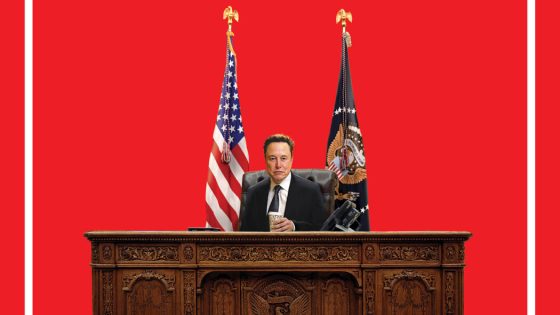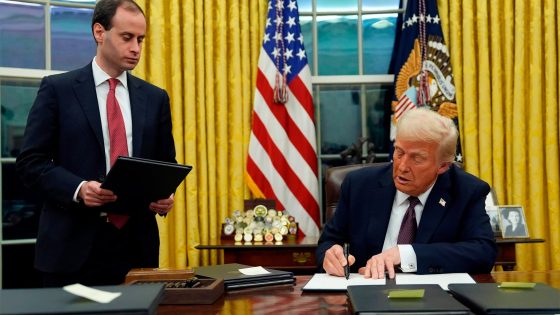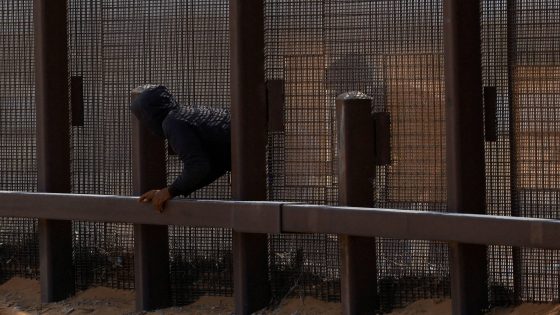On February 8, 2025, during a meeting with Japanese Prime Minister Shigeru Ishiba, President Trump responded to a reporter’s question regarding a new Time magazine cover featuring Elon Musk. The interaction occurred in Tokyo and highlighted Trump’s ongoing relationship with media portrayals.
- Trump unamused by Time magazine question.
- Translator relayed exchange to Japanese prime minister.
- Trump's joke about Time magazine's status.
- Trump's fixation on Time magazine covers.
- Musk's flattery towards Trump on social media.
The exchange between President Trump and Prime Minister Ishiba took place amid discussions that marked their first official meeting. A reporter asked Trump for his reaction to the latest Time magazine cover depicting Elon Musk at his Resolute Desk. Trump’s terse response was “No,” followed by an inquiry about whether Time was still in business, which sparked nervous laughter from those present. This moment underscored Trump’s complex relationship with media representation.
Time magazine has historically played a significant role in shaping public perceptions of political figures. In December 2024, Trump himself graced the cover after being named “Person of the Year.” His previous interactions with Time have shown an evident fixation; he often views such covers as symbols of status and influence. Notably, he once created fake versions of the magazine featuring himself.
- Trump was previously featured on Time’s cover two months prior to this event.
- The last notable Time cover that reportedly annoyed him featured Stephen K. Bannon in 2017.
- Musk publicly expressed admiration for Trump shortly after the new cover’s release.
This incident reflects not only Trump’s personal brand but also how media narratives can impact political relationships. As both figures navigate their respective roles on the global stage, their interactions may continue to be influenced by public perception shaped through platforms like Time magazine.
The exchange between President Trump and Prime Minister Ishiba illustrates ongoing dynamics between political figures and media representation while highlighting Trump’s longstanding interest in how he is portrayed in major publications like Time.















![[VÍDEO] Femen crida «al feixisme ni una passa més» davant Orban, Le Pen, Salvini i Abascal](https://news.faharas.net/wp-content/uploads/2025/02/Femens-Bold-Stand-Against-Fascism-Not-One-Step-Back-to-230x129.jpg)

















